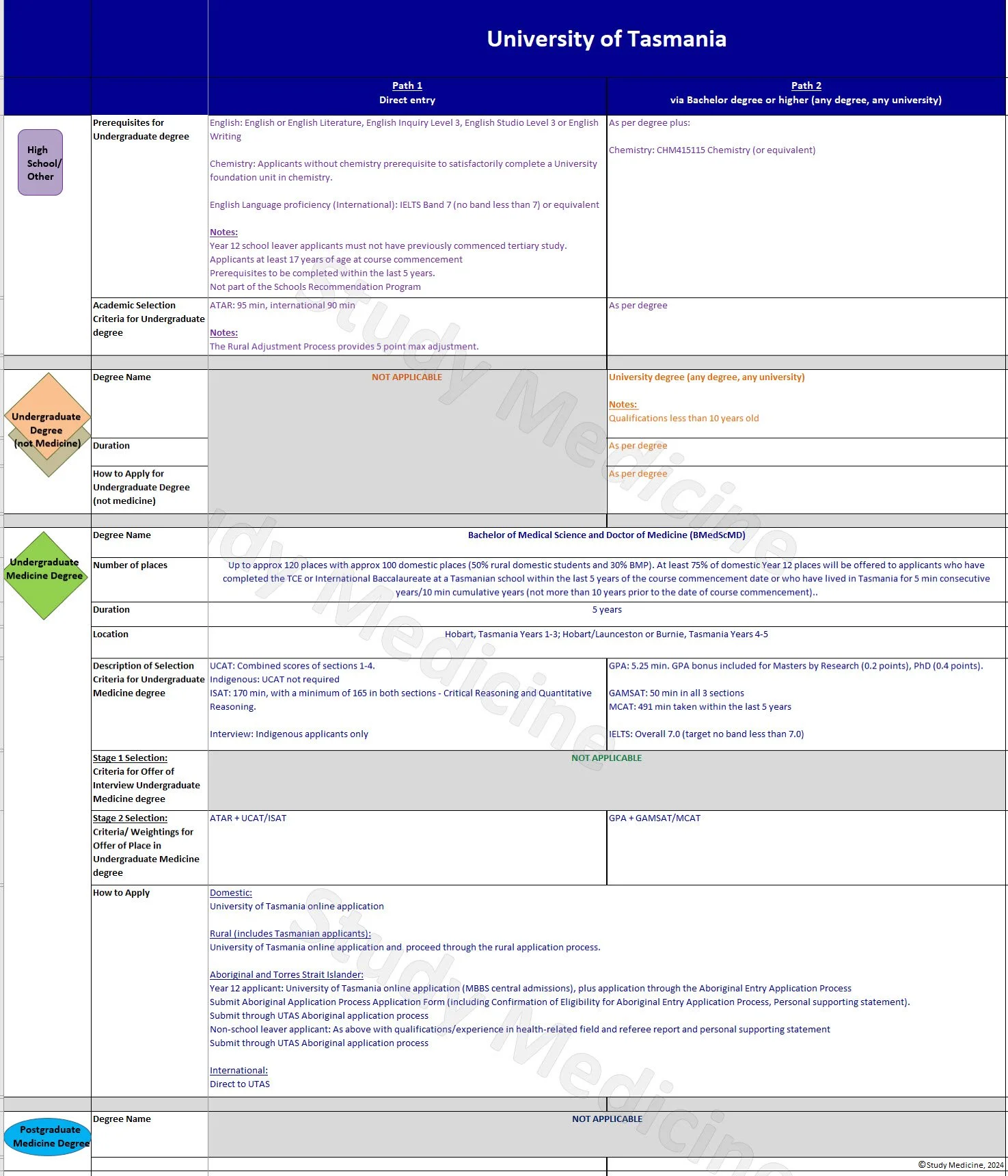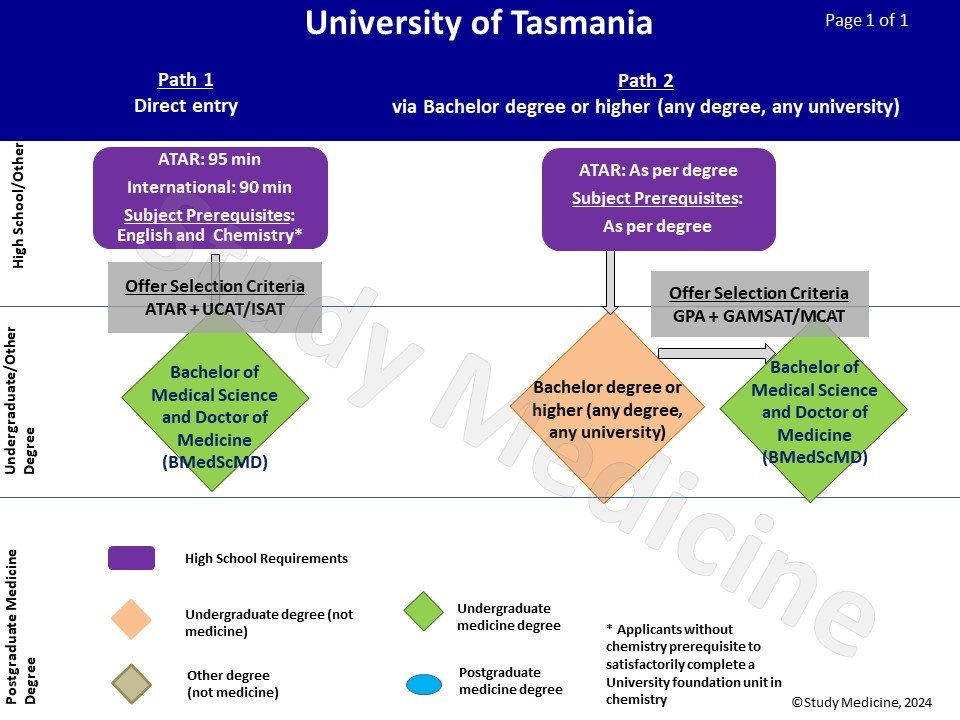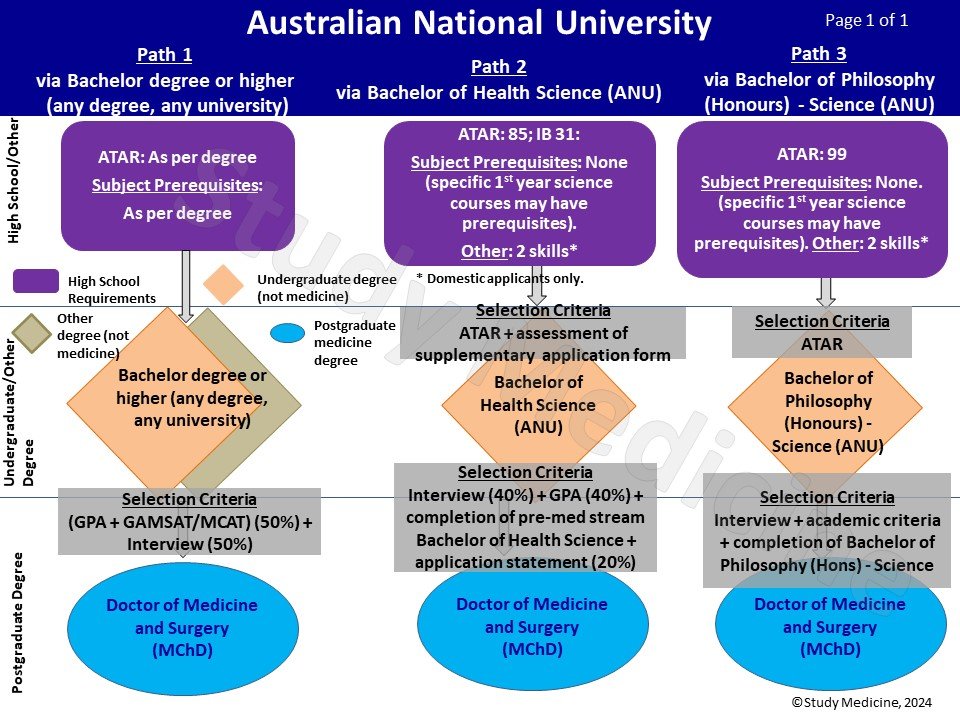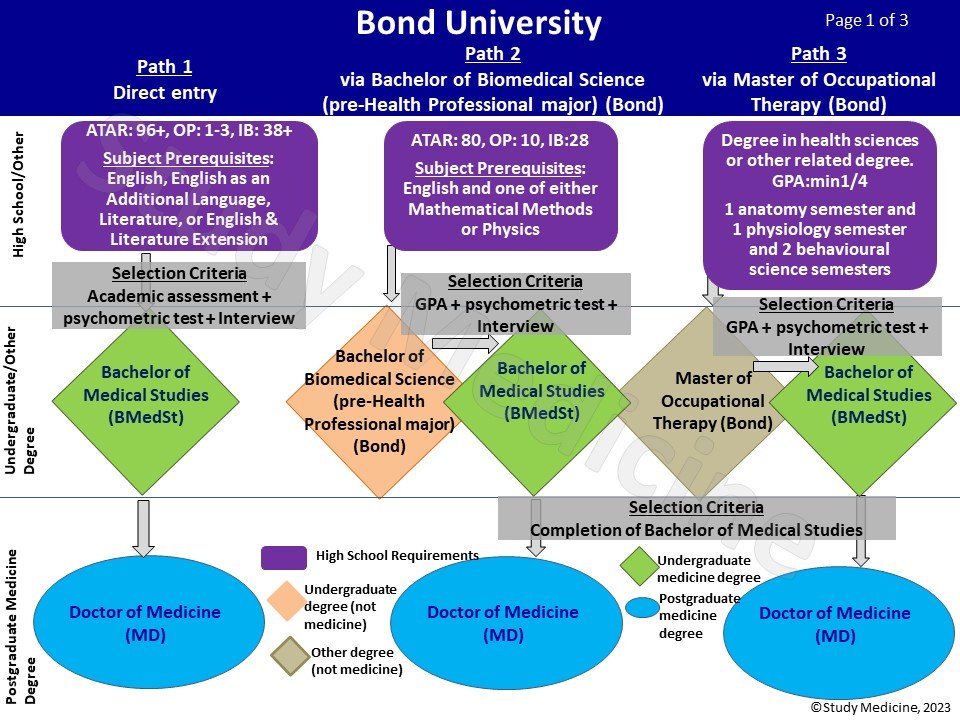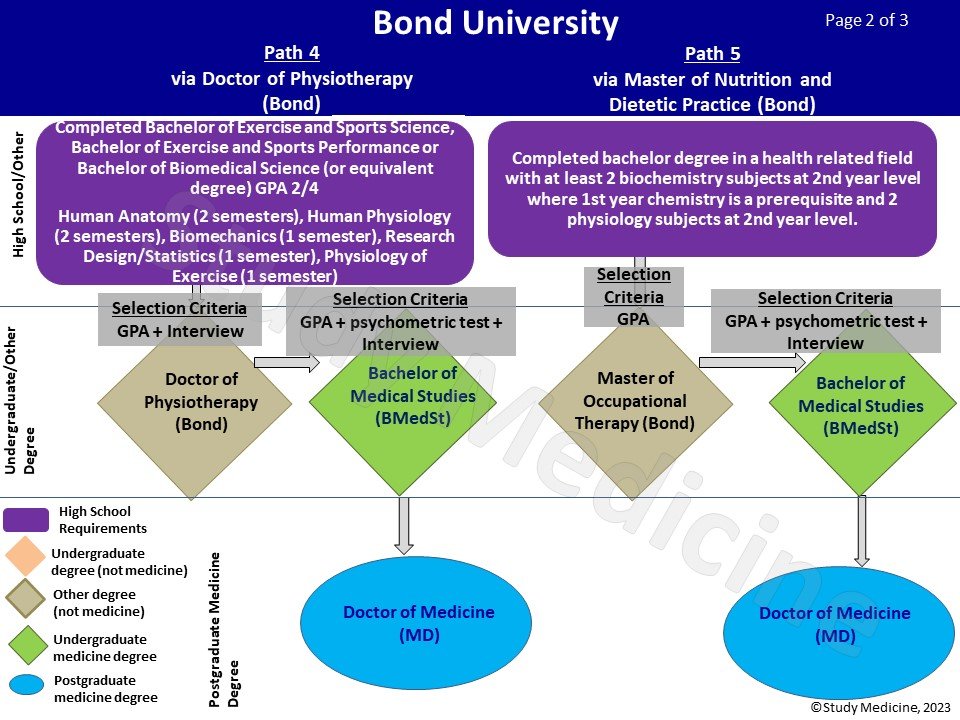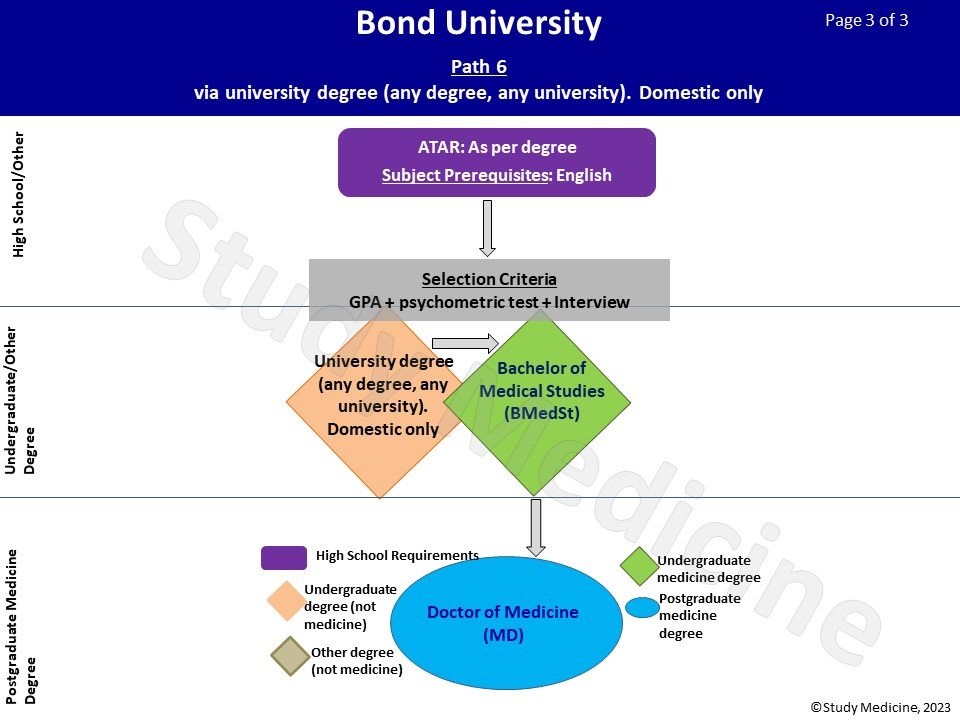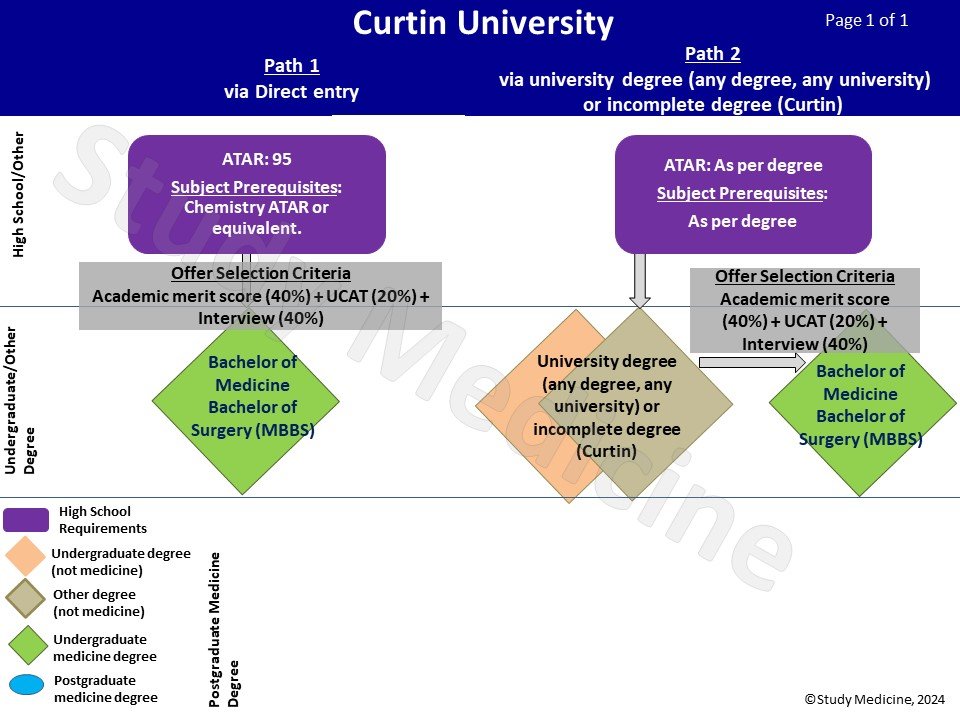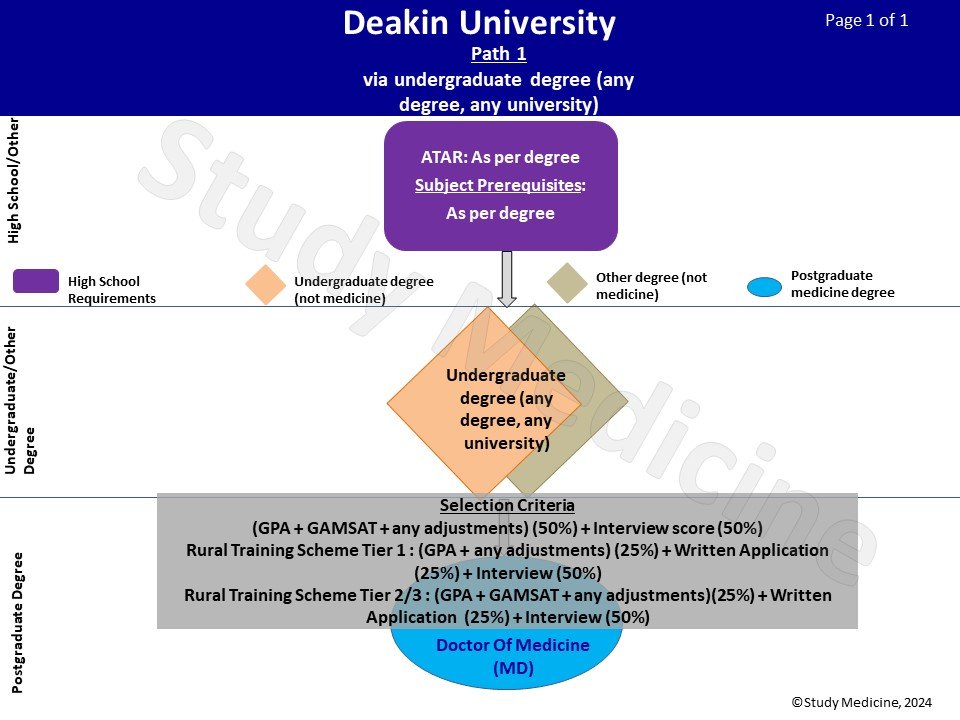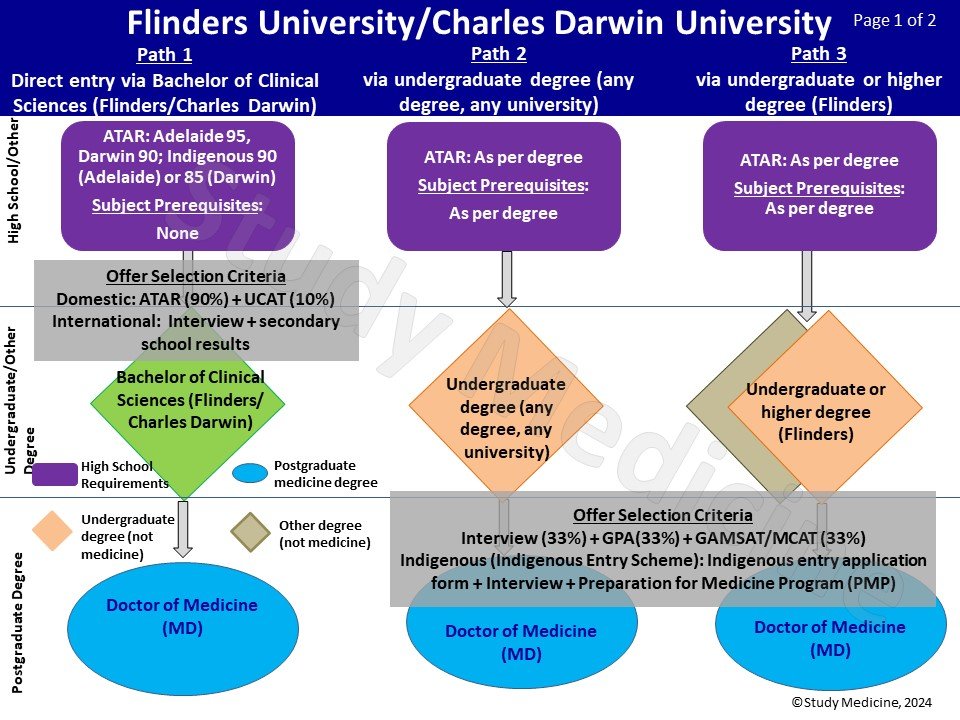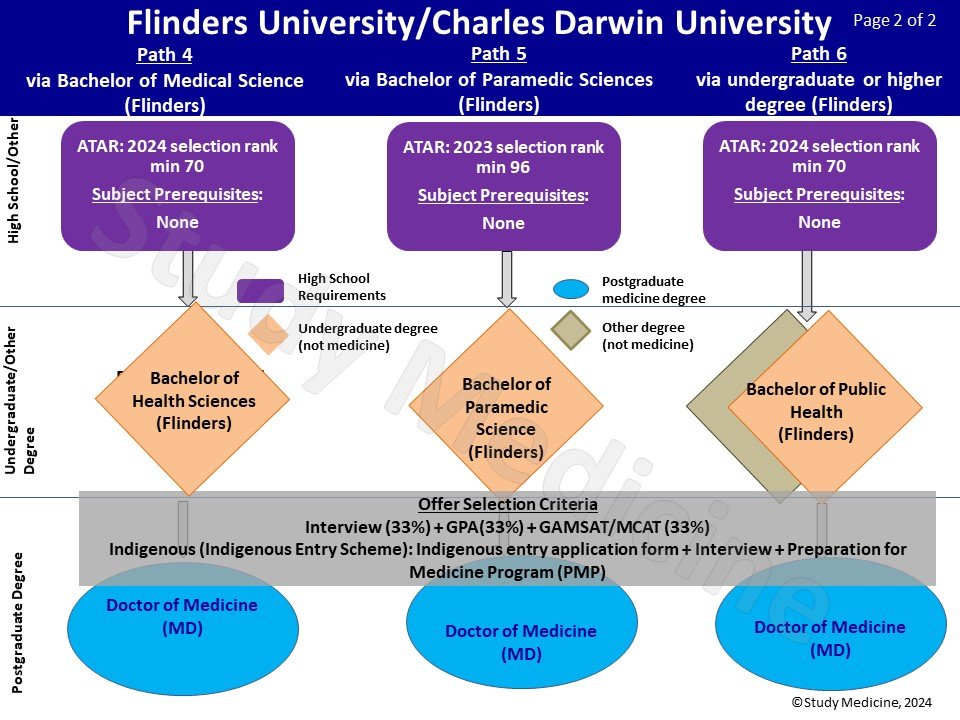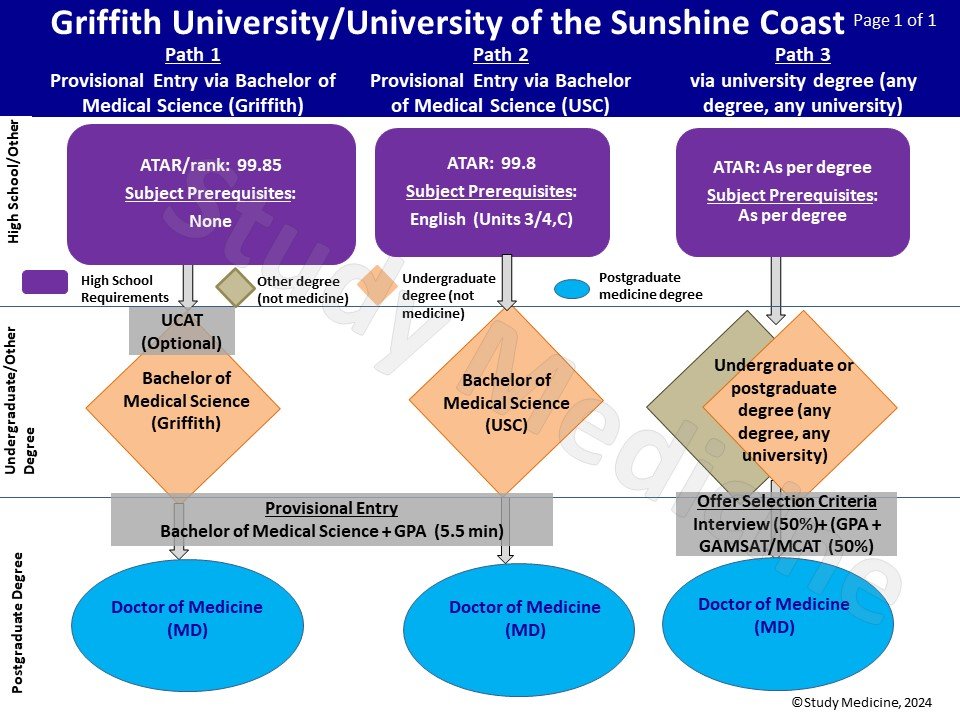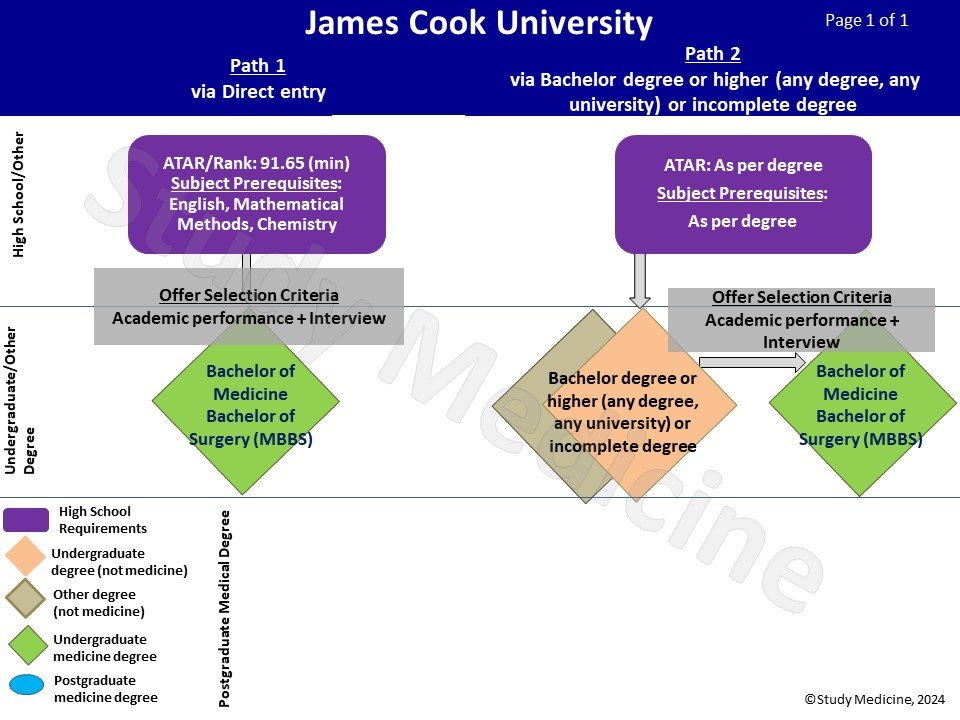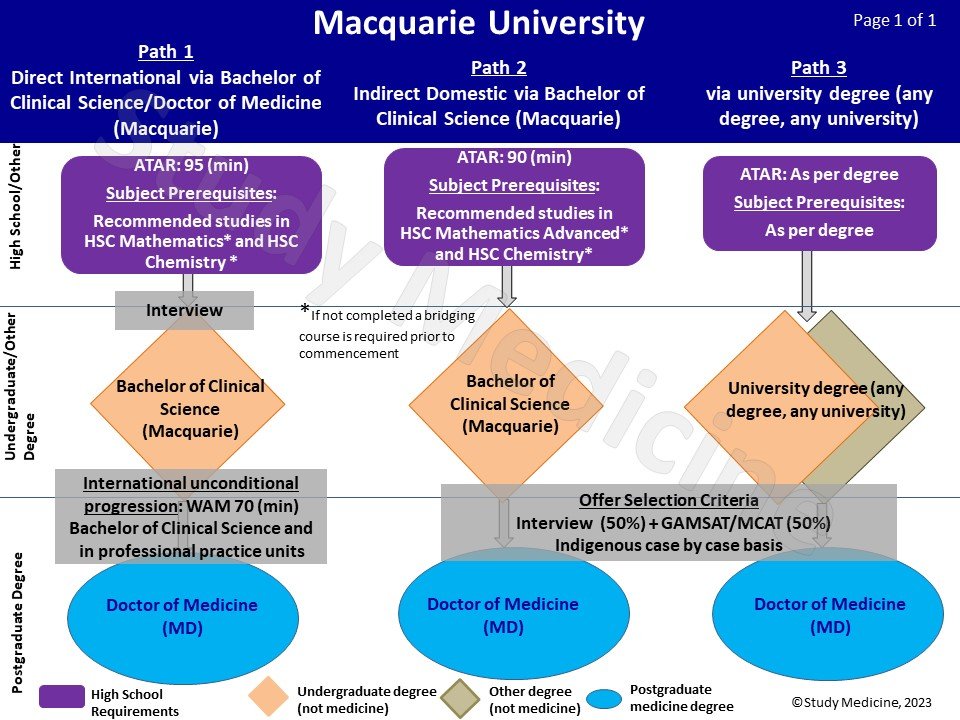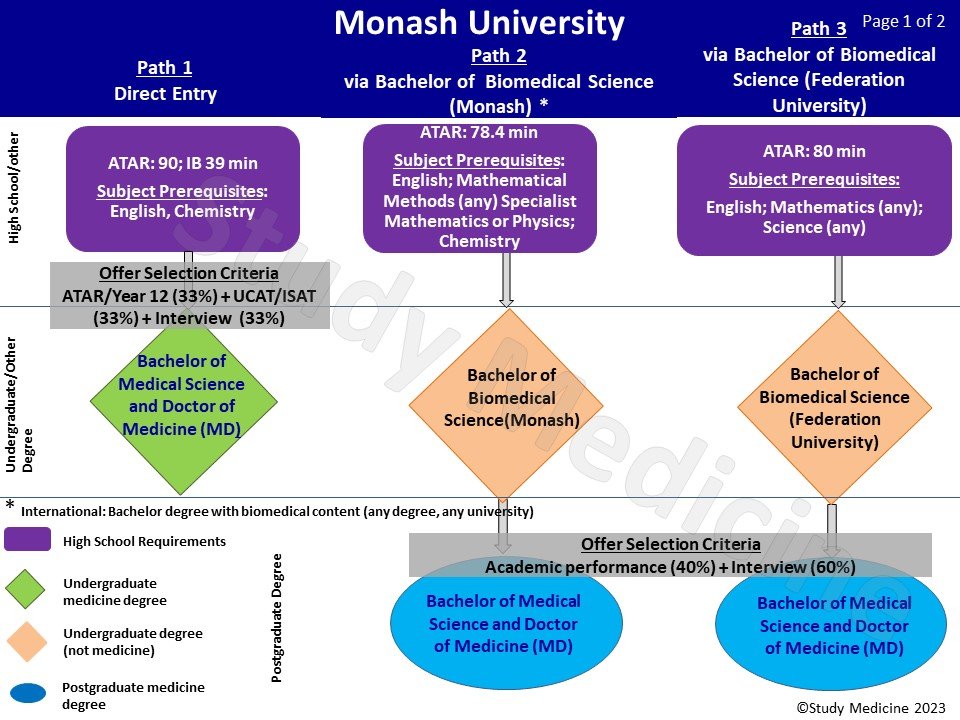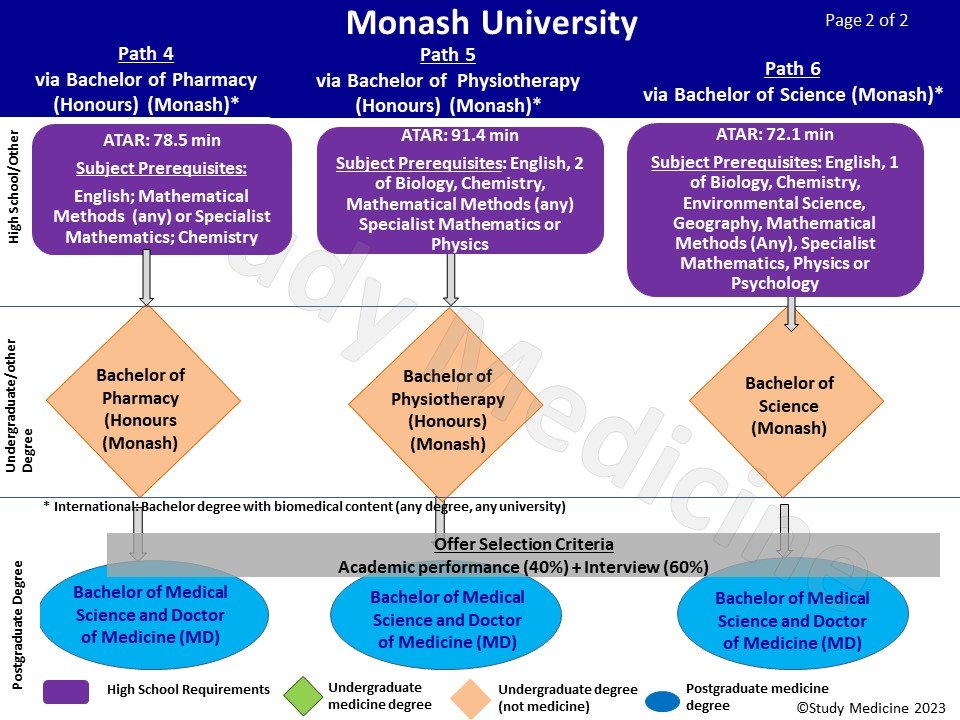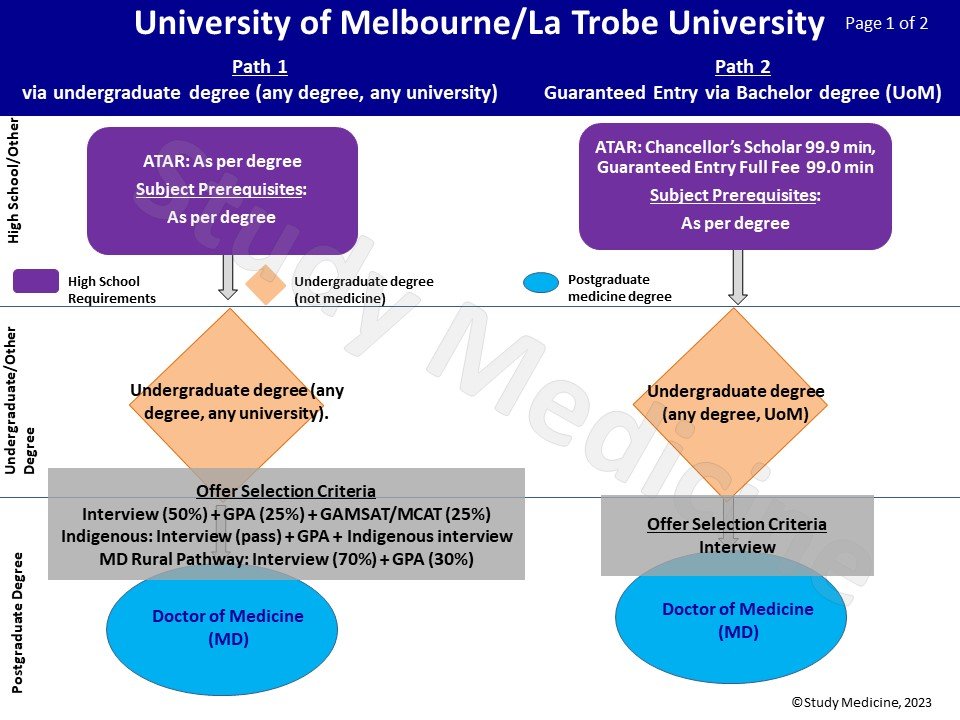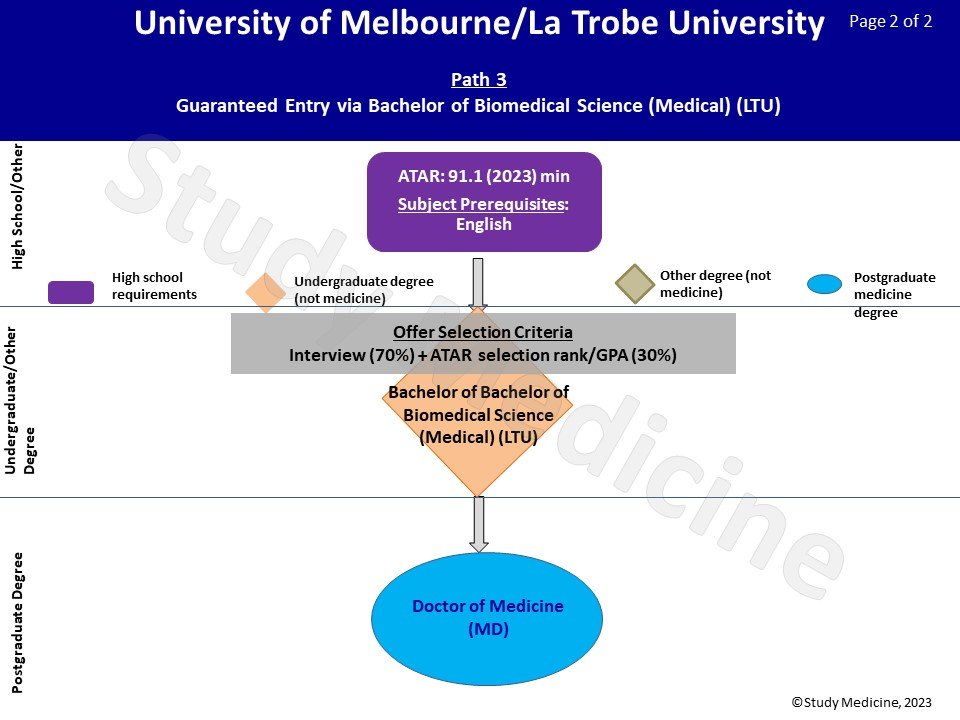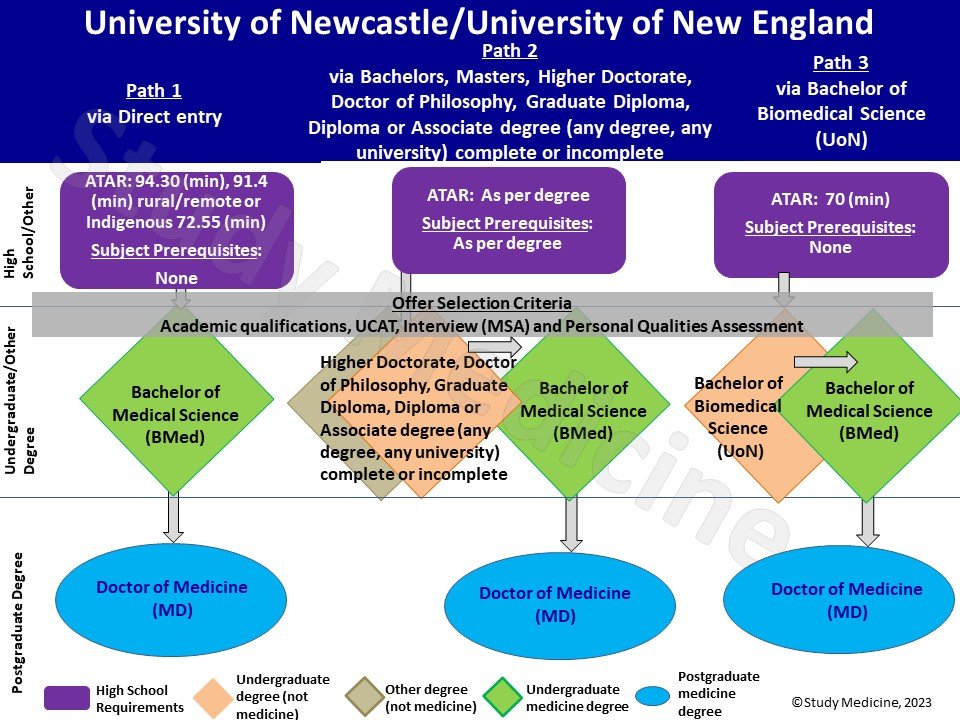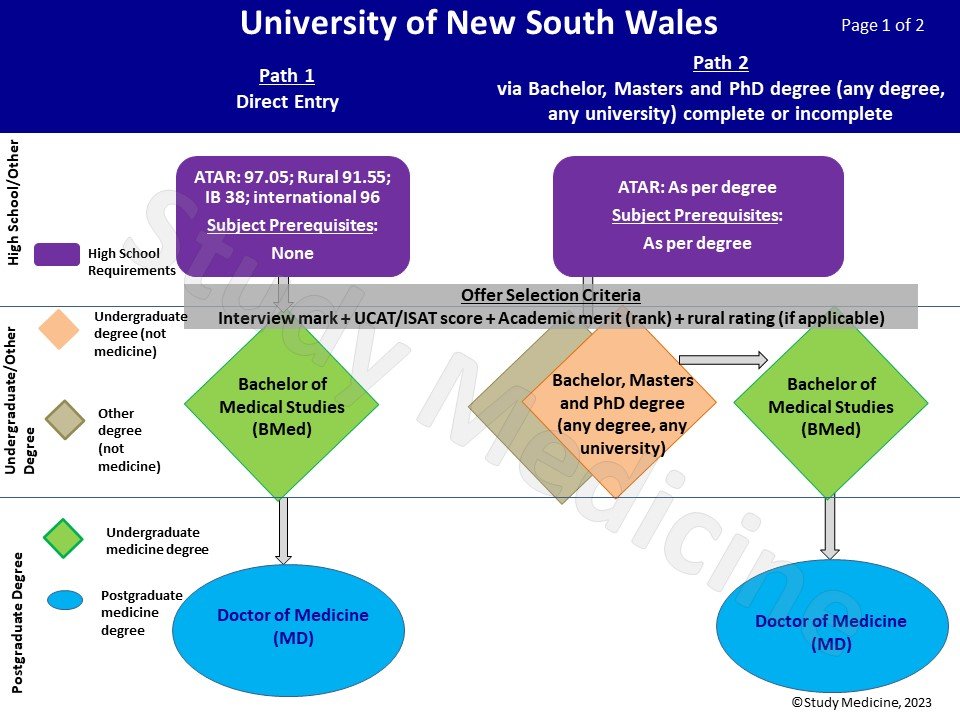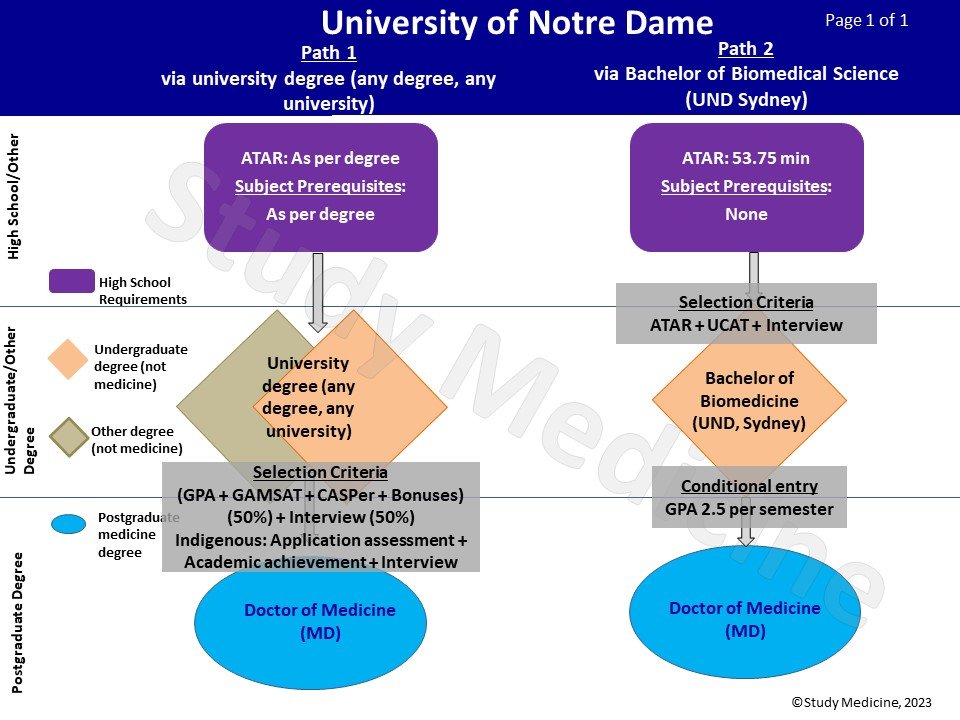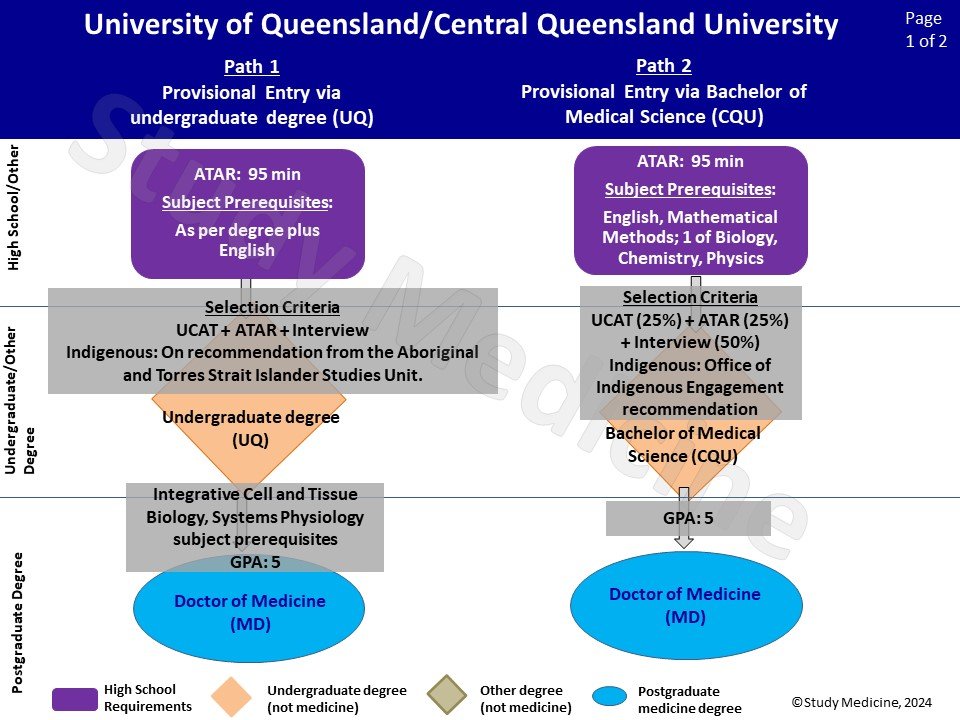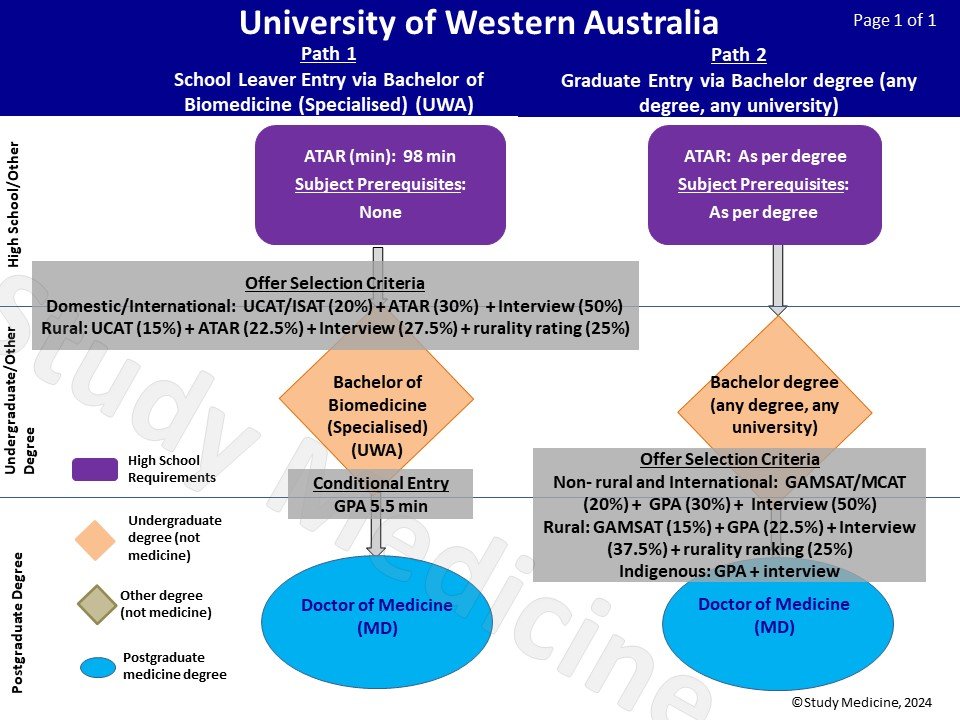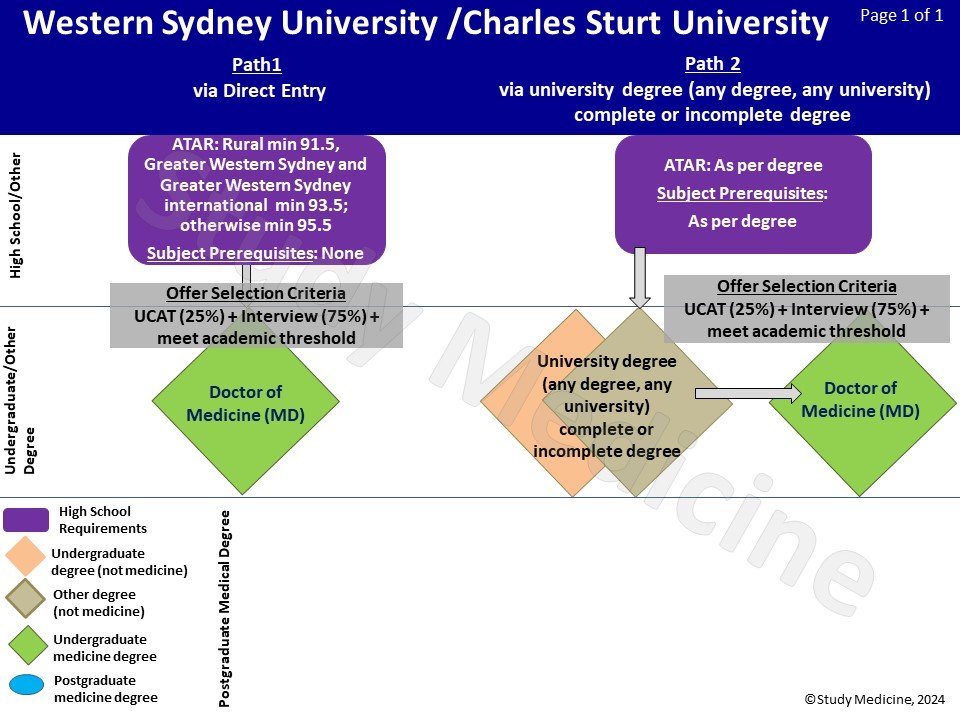University of Tasmania Medicine - detailed entry requirements and how UTAS compares with other universities
The University of Tasmania’s new course, the Bachelor of Medical Science and Doctor of Medicine (BMedScMD) was introduced in 2023. This new course replaces the Bachelor of Medicine and Bachelor of Surgery (MBBS).
The University of Tasmania is an undergraduate medicine degree. Undergraduate eligibility and how the offer of a place is determined has not changed from the previous Bachelor of Medicine and Bachelor of Surgery arrangements. A limited number of graduates can be accepted with at least 75% of domestic Year 12 places offered to Tasmanian applicants.
The University of Tasmania (UTAS) Summary shows there are 2 paths to medicine at UTAS. These are:-
Direct entry for high school students into the UTAS undergraduate medicine degree (Bachelor of Medical Science and Doctor of Medicine) and
the graduate path with a Bachelor degree or higher from any university.
Entry Requirements - The full details regarding the entry requirements for medicine at UTAS are given in the table below.
This table shows, not only the requirements to obtain a place in the undergraduate medicine degree, but also details how each of the 2 paths flow into the medicine degree, and what you need to keep in mind when applying.
How UTas Compares with Other Universities - Scroll further down, below the table and you'll also see the UTAS Comparitor. This tool enables you to compare the 2 paths to medicine at UTAS with other university paths to medicine (offered by 19 Australian universities).
University of Tasmania detailed entry Requirements
There are a number of notable aspects in how UTAS structures its undergraduate medicine degree and how the 2 paths flow to it.
UTAS changes
The UTAS medicine degree is an undergraduate degree and mainly accepts high school leavers with at least 75% of domestic Year 12 places offered to applicants who have completed the TCE or International Baccalaureate at a Tasmanian school within the last 5 years.
The only graduates previously accepted were UTAS’s Bachelor of Medical Research graduates. From the 2023 intake year all graduates with a Bachelor degree or higher will be accepted.
No interview required
UTAS is one of the few universities in Australia that do not include an interview as part of their medicine selection process (though Aboriginal and Torres Strait Islander applicants are required to undertake an interview as part of their tailored application process).
Chemistry prerequisite
Applicants for the Bachelor of Medical Science and Doctor of Medicine degree who do not have chemistry as a prerequisite are able to undertake a UTAS Chemistry Foundation Unit.
Graduate entry requirements
Graduates applying for the Bachelor of Medical Science and Doctor of Medicine degree are assessed on their combined GAMSAT/MCAT and GPA, ie even though this is an undergraduate degree, graduate applicants do not need to complete the UCAT.
Still Advantages for Bachelor of Medical Research graduates
An additional pathway is available for students currently completing the UTAS Bachelor of Medical Research degree. GAMSAT is not required for these applicants. In addition, you need to have achieved an average score of 65% to be considered. The additional bonus is rural and Tasmanian quotas do not apply to the this pathway.
UTAS Comparitor
UTAS Comparitor - Click the arrow to scroll through other university paths to medicine (Note: Some universities have numerous paths and these are shown on separate pages).
UTAS's Paths to Medicine
Compared with -
Other University Paths to Medicine
An important qualification
Study Medicine information has been compiled from Australian university information sources and therefore is a guide. Authoritative information is provided by the university only. Make sure you obtain information directly from the university before making any decisions.
The above information is intended to help you understand the University of Tasmania medical degree and the available paths to gain entry. Remember, information can always change, so ensure you keep up to date by regularly checking directly with the University of Tasmania.
